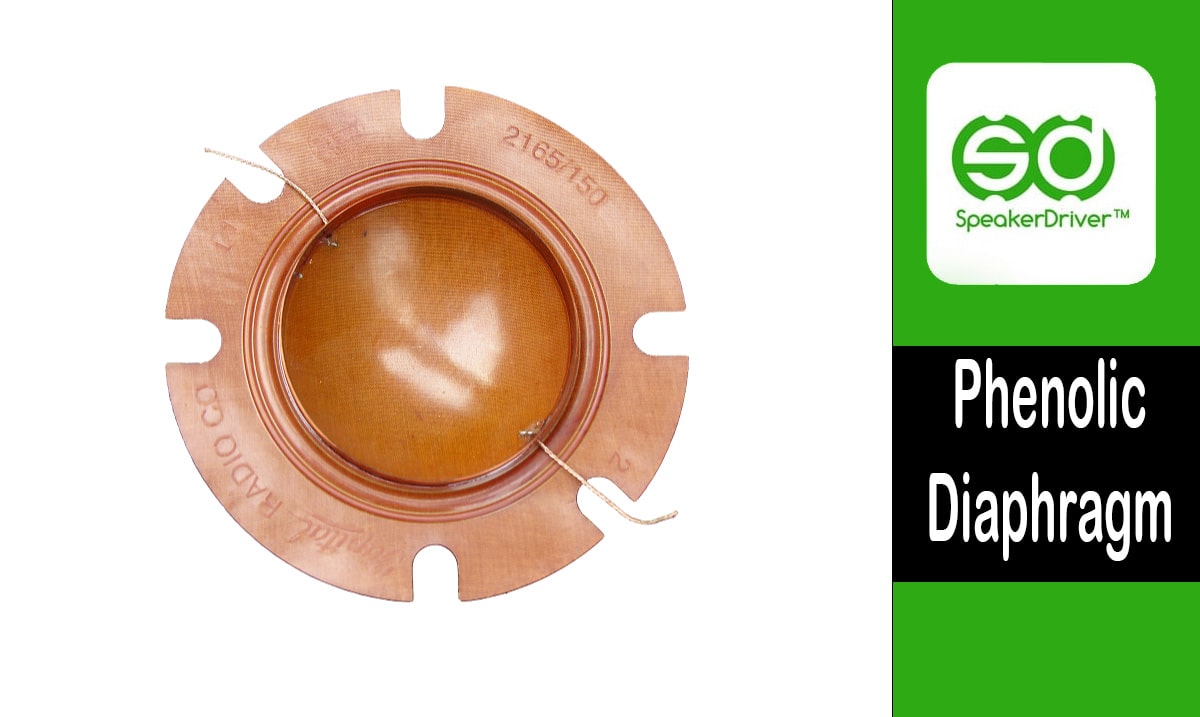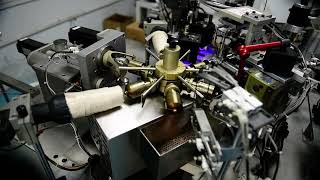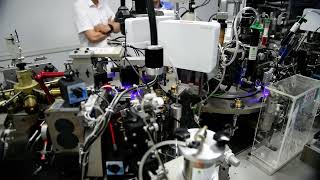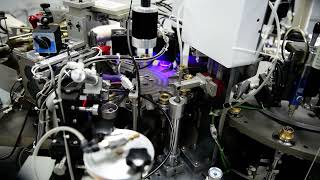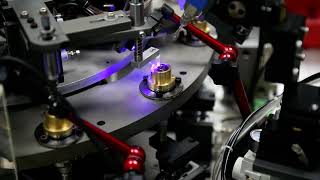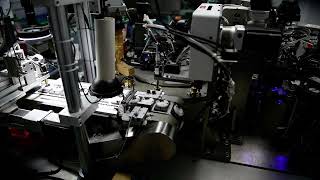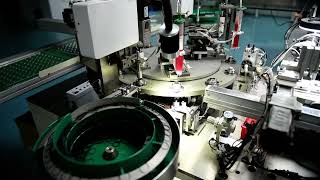What is a Phenolic Diaphragm and Applications?
Phenolic diaphragms are a specific type of speaker diaphragm made from phenolic resin-coated cloth or paper. Known for their durability and moisture resistance, they are commonly found in horn drivers and public address systems. These diaphragms strike a balance between cost, strength, and performance, making them an ideal choice for certain audio applications.
Phenolic Diaphragm: Construction & Properties
-
Material Composition:
Phenolic diaphragms are made from a blend of cloth or paper fibers impregnated with phenolic resin, which is then molded under heat and pressure to form a rigid, stable diaphragm.
- Phenolic Resin: Provides rigidity, chemical resistance, and moisture protection.
- Substrate: Usually a cloth or paper base that adds flexibility and reduces weight.
-
Acoustic Properties:
While phenolic diaphragms may not deliver the same high-frequency precision as titanium or aluminum diaphragms, they offer a smooth and warm tonal characteristic, making them suitable for vocal reproduction.
- Frequency Response: Ideal for midrange applications; can handle frequencies typically between 500 Hz to 5 kHz effectively.
- Durability: Highly resistant to humidity, temperature variations, and mechanical stress.
-
Advantages:
- Cost-effective: More affordable compared to metal diaphragms.
- Resilient: Performs reliably in outdoor and high-moisture environments.
- Non-fatiguing Sound: Produces a warm, less piercing sound, reducing listener fatigue.
-
Limitations:
- Limited High Frequency: Not suitable for very high-frequency reproduction (above 10 kHz).
- Heavier Mass: Less efficient compared to lighter diaphragm materials.
Applications of Phenolic Diaphragms
-
Public Address Systems:
Phenolic diaphragms are commonly used in PA horns due to their ability to handle rugged use and environmental stress.
-
Outdoor Speaker Systems:
Their moisture resistance makes them suitable for outdoor installations in stadiums, theme parks, and industrial environments.
-
Midrange Drivers in Horn Loudspeakers:
Preferred in applications where clarity of speech is essential over extended periods.
-
Automotive Sound Systems:
Some automotive systems use phenolic diaphragms for mid-frequency reproduction where exposure to heat and moisture is a concern.
Comparison Table: Phenolic vs Other Diaphragm Materials
| Material | Sound Profile | Strengths | Weaknesses | Common Applications |
|---|---|---|---|---|
| Phenolic | Warm, smooth midrange | Durable, moisture-resistant, affordable | Limited high-frequency output | PA systems, outdoor speakers |
| Titanium | Bright, extended highs | High sensitivity and rigidity | Can sound harsh | Professional audio, high-end tweeters |
| Mylar | Balanced, budget-friendly | Flexible and lightweight | Lower power handling | Entry-level consumer audio |
| Aluminum | Clear and detailed | Good transient response | Can be brittle | Hi-fi tweeters |
Conclusion
Phenolic diaphragms offer a cost-effective and rugged solution for midrange sound reproduction, especially in environments where durability and moisture resistance are critical. While not designed for high-end audiophile precision, they serve reliably in public address and outdoor speaker systems, making them a dependable choice for voice-centric and rugged audio applications.
For reliable phenolic diaphragms and other speaker components, explore SPEAKER DRIVER™️, your trusted source in professional-grade audio solutions.
